Body language and facial expressions
body-language·@michaelmorcos·
0.000 HBDBody language and facial expressions
* First: What is the body language?  Means body language: the physical, nonverbal signals used by humans to communicate with each other. Where the meanings of some of these signals vary from one community to another, but there is no human society on earth does not use this language as a way to communicate. According to many researchers and experts, these nonverbal signals are a large part of everyday communication, which is thought to account for 50 to 70% of the human communication process, from facial expressions to body movements, so that our silence in some situations can convey a quantity of information To the other party. 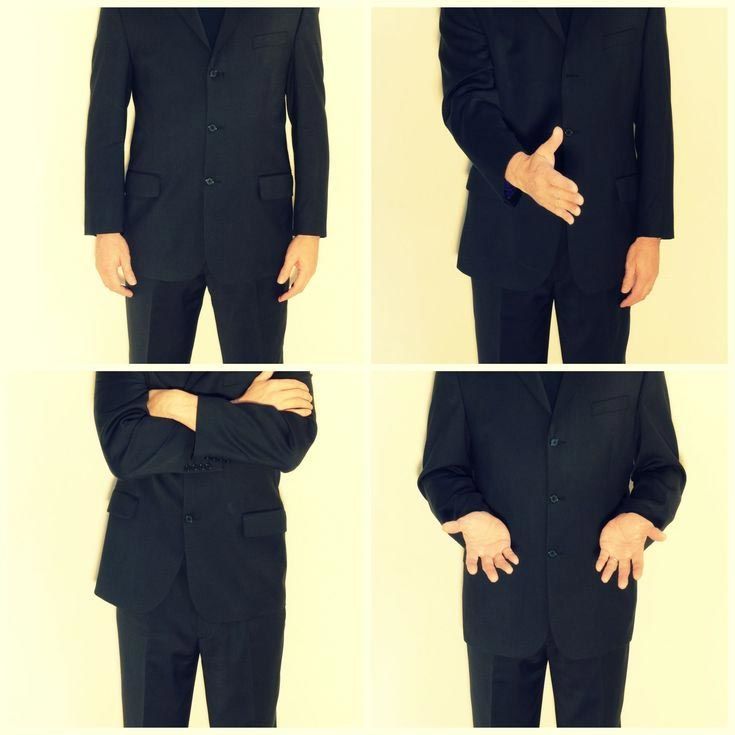 Understanding body language is important, but it is also important to pay attention to other signals as we read the body language of others, such as the context in which these signals occurred. In any case, we must look at these signals as a whole. In order to form a clear reading when trying to interpret body language, you have to learn a lot about nonverbal movements used by humans, and their meanings vary and vary according to time, place and context. * Second: facial expressions 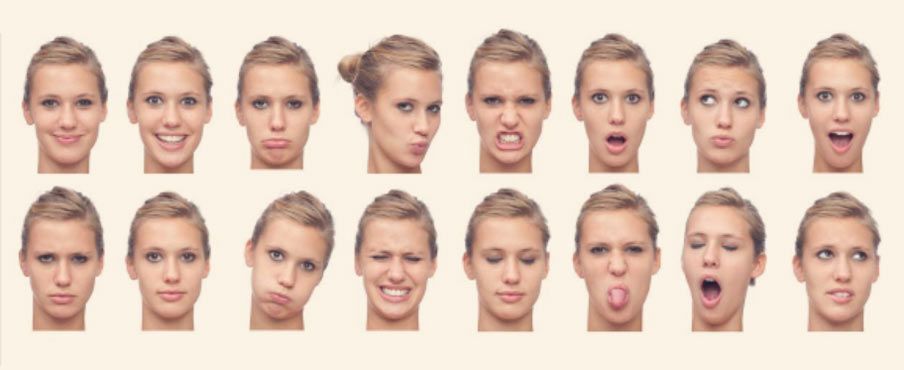 Think for a moment about a person's ability to convey his feelings only through facial expressions! The smile may indicate approval or happiness, while the expression indicates rejection or unhappiness. In some cases, our facial expressions reveal our true feelings about a particular situation, situation or person. While in some cases we may say that we are fine, while conveying the expressions of our faces to others otherwise !! The face is a mirror of our feelings, and its expressions are universal. Facial expressions are among the most universal types of body language. The expressions used to show fear, anger, sadness and happiness are the same all over the world. The American researcher Paul Ekman found that a variety of facial expressions are always associated with a particular set of emotions. Thus giving these expressions universal status. * Third: The language of the eyes 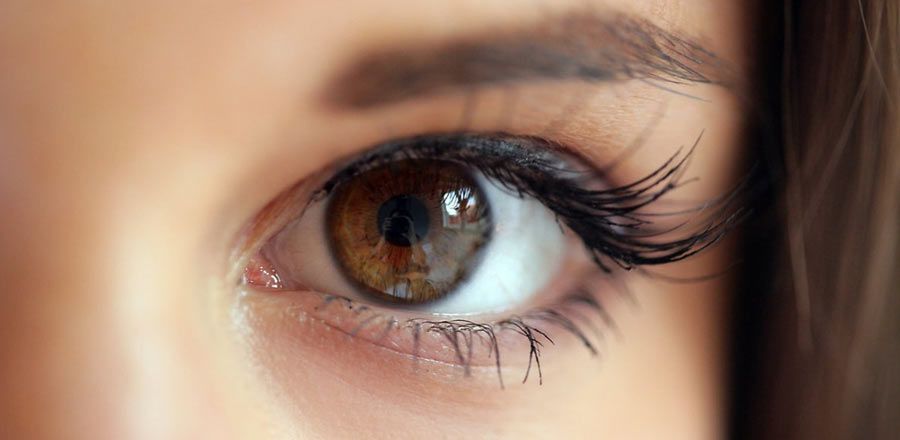 Thira is often referred to as "soul windows" because she has the ability to reveal a lot about a person's feelings and what is going on in his or her own mind. While engaging in a conversation with someone, he noticed the movements of his eyes. The percentage of staring? Eyelash rate? The size of the pupil? Eye Horizon / Gazing Ratio: When a person looks directly at you, it indicates your desire and interest. But it may mean staring at you for a long time; a threat often, or at least will alert you to the threat. On the other hand, breaking the visual communication, looking away frequently may indicate that the person is distracted or disturbed, or tries to hide his feelings. Eyelash rate: Eyelash is normal, but we must pay attention to whether the person is too blink or too much. People often blink more quickly when they feel sad or upset. Eye pupil size: One of the most accurate eyeballs is pupil size. It is true that light controls pupil size, but emotions also do. When the pupil expands, it is understood that the person is either afraid of you, or it may mean that he is attracted to you. Which means that it is narrowed by a sense of hatred, or that the pupil may be constricted when he hears obscene or offensive words. * Fourth: Oral expressions 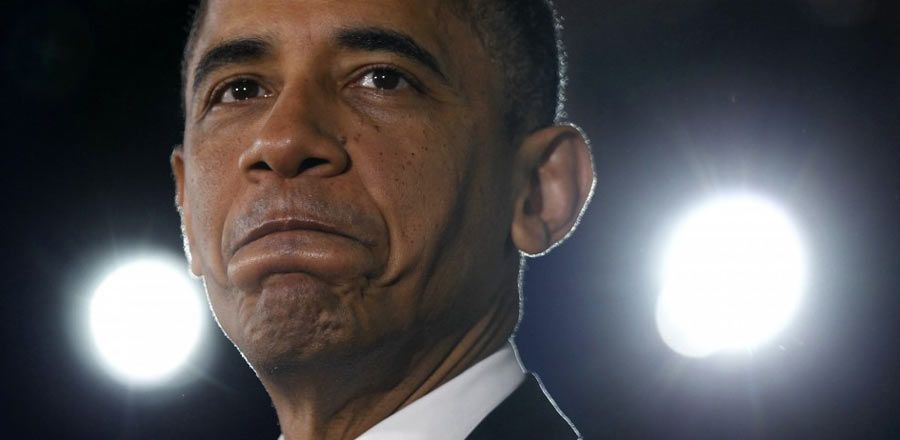 Oral expressions and movements have a fundamental role in body language. For example, biting on the lower lip may indicate anxiety, fear, or discomfort. Covering the mouth may usually be an attempt to cover up a booing or denunciation of a person's hearing. A smile can be explained in many ways. It may be a real smile, and may be to express a false happiness, ridicule, or even scorn and ridicule. Pay attention to the following signals: Twisted lips: Flaming lips may be an indicator of aversion, rejection, distrust or distrust. Biting the lip: to express tension and anxiety, or stress, or sexual inspiration. Mouth cover: To hide the emotional reaction, avoid showing a smile. It may be a sign of lying. Lips Up and Down: Minor changes in the mouth are signs of what a person is feeling. When the lips are lifted to the top, it may mean feeling happy or optimistic. On the other hand, lower lips down may be an indication of sadness, rejection or anger. * Fifth: Hand gestures 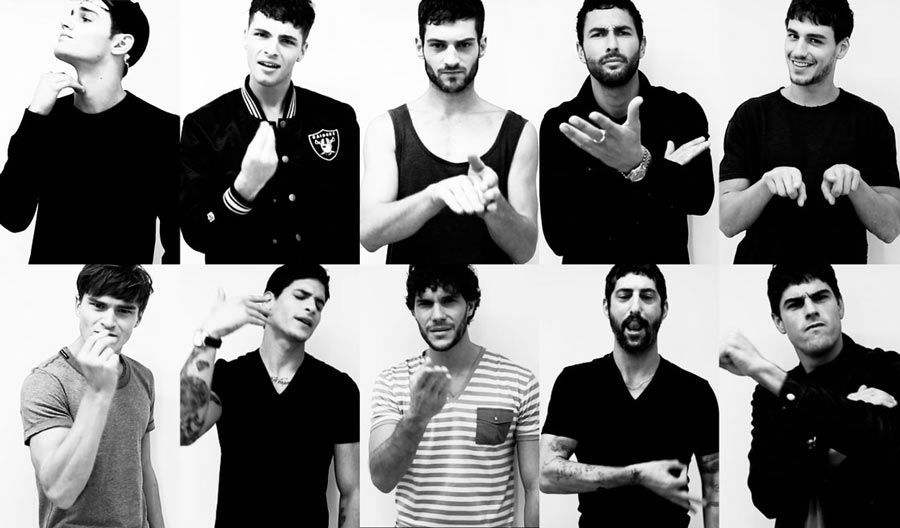 Hand gestures can be one of the most direct and clear signals. For example, waving, pointing, and using fingers to refer to numerical quantities are very common signals. However, some meanings may vary according to culture. For example, a thumb pointing to the top or signal of peace in a country may mean something quite different from what it means in another country. Pay attention to the following signals: Hand Grip: Can indicate anger or solidarity. Thumb up or down: These gestures are often used for approval, admiration, disapproval, or dislike. However, in some cultures it may differ in context. For example, in Britain, Australia and New Zealand, this sign (thumb to the top) has more than one meaning; one of the meanings is consent; the second is when they use it to ride cars; Their meaning varies according to context. (OK): A circle is formed by the sphincter and thumb and the remaining fingers are raised upwards, which can be used by the person to mean that it is fine. But in some parts of Europe, the same signal is used as a kind of insult as if to say: You are nothing. In some South American countries, the same sign is meant to be offensive. V: This sign means peace or victory in some countries. In the UK and Australia, this reference takes on an aggressive or offensive meaning when it is turned horizontally. * Sixth: gestures arms and legs 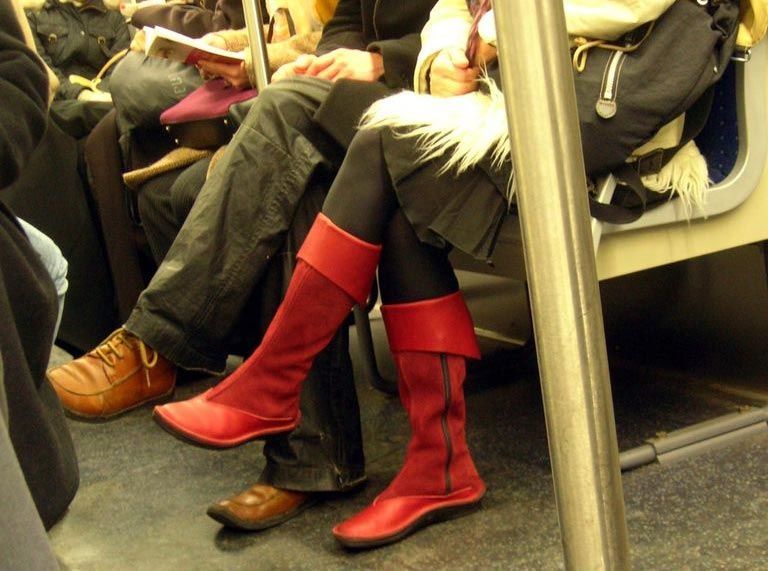 The arms and legs convey a lot of nonverbal information. The arms can be flexed to express defensive posture. Placing one leg above the other in a direction away from another person that may indicate hatred or discomfort with him. In addition to other signals such as expanding or extending the arms on a large scale it may be an attempt of the person to appear more control, while keeping the arms close to the body may be an attempt to distance himself from the circle of interest. Pay attention to the following signals: Arm-twisting: may indicate that a person is taking a defensive posture or self-protection or is closed on himself. Stand up and put your hands on your hips: It may be an indication that a person is ready and has the reins of control, or may be a sign of aggression. The hands are tied behind the back: may indicate that the person is bored or anxious or angry. It may indicate high self-confidence. Quickly tapping fingers: Indicates that a person is bored and impatient. Place a leg above the other: a sign that the person is closed on himself, or that he needs privacy. * Seventh: gestures of body posture 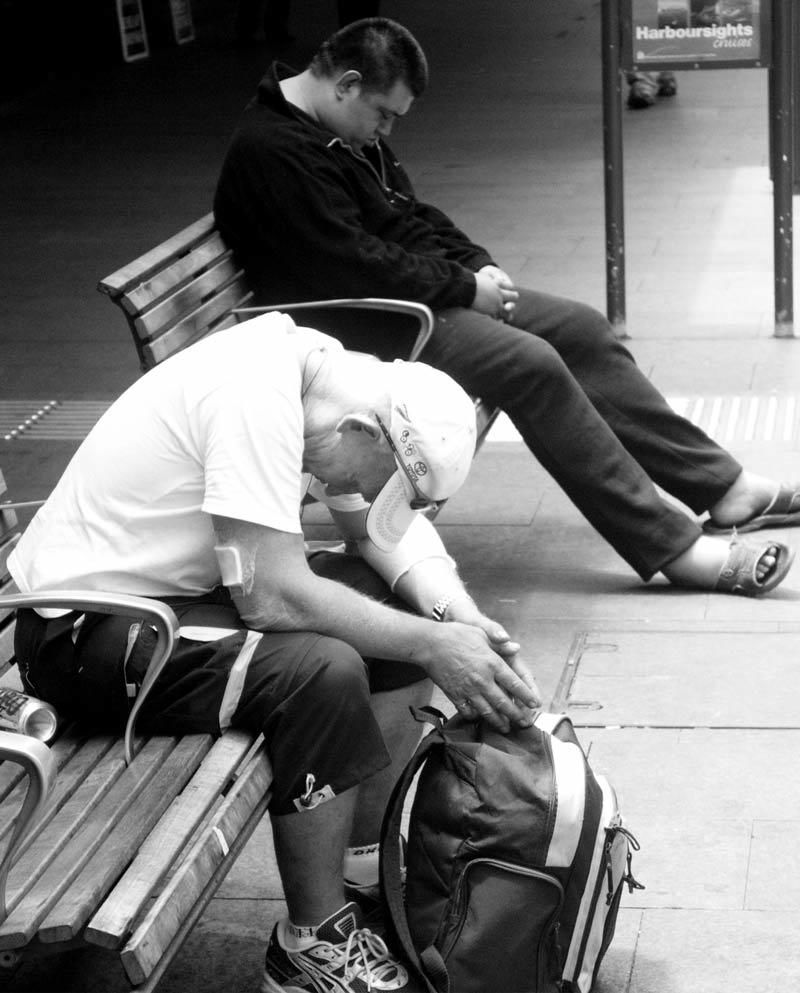 Body posture is an important part of body language. The status of the body refers to the gross physical shape of the individual. Situation can convey a wealth of information about a person's feelings, as well as give us some hints about the characteristics of his personality, such as whether he is confident, open or obedient. For example, sitting straight may indicate that the person is attentive and pay attention to and focus on what is happening around him. And sitting with your back forward may mean a person is bored or indifferent. Pay attention to the following signals: Open position: This position means keeping the trunk of the body open and exposed to the other side. This position refers to friendliness, openness and desire to the other. Closed position: where the trunk of the body is blocked, bending forward while keeping the arms and legs crossed often. This position may be indicative of aggression, lack of friendliness and anxiety. * Eighth: The personal space 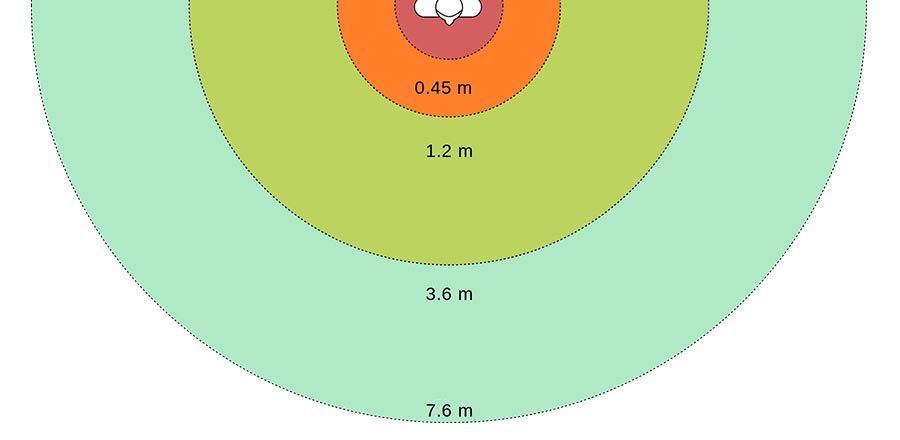 Have you ever heard someone point to his need for a "personal space"? Do you feel uncomfortable when someone is standing in a space very close to you? In this part of the article, we will talk about the interactive distances between people. Just as body movements and facial expressions are carried out as nonverbal information, the physical space between individuals tells us a lot of information. The anthropologist Edward T. Edward T. Hall has four levels of social distance: Intimate distance 15 - 45 cm: This level of distance often indicates a close relationship and a great deal of confidence. It often happens during intimate contact. Personal distance 45 - 120 cm: Distance at this level is usually between family members or close friends. Social distance 120 cm - 3.5 m: This level is between knowledge. Such as work and study colleagues and people with whom we have a superficial knowledge. Public distance 3.50 - 7.5 m: Note this distance in public speaking situations. Such as talking to a school class, or making a presentation at work. It should be noted that the level of personal distance that individuals need to feel comfortable can vary from culture to culture. It is a much cited example, the difference between people from Latin cultures and people from North America. People in Latin culture tend to feel more comfortable standing close to each other during interaction, while in North America they feel more comfortable maintaining their personal distance while interacting with others. Finally, when reading the body language, always keep away from cutting off the gestures and interpreting each one separately. All movements, expressions and signals must be taken into account and considered as one group in order to obtain a more accurate and credible reading.
👍 dimidrolshina, michaelmorcos, upgoat, resheep, minnowbooster, zomer650, hany66, youssif20, originalworks, cheftony, sweeneydean, geick, jeffdud, boomerang, photography-help, babarrajo, yourfinesight, angrezi, resteem.bot, yassinajbala, nadifsd, miyata1987, yassine11, randowhale0, randowhalebonus, randowhaletrail, buildawhale, omar-hesham, ujjwalnazib,